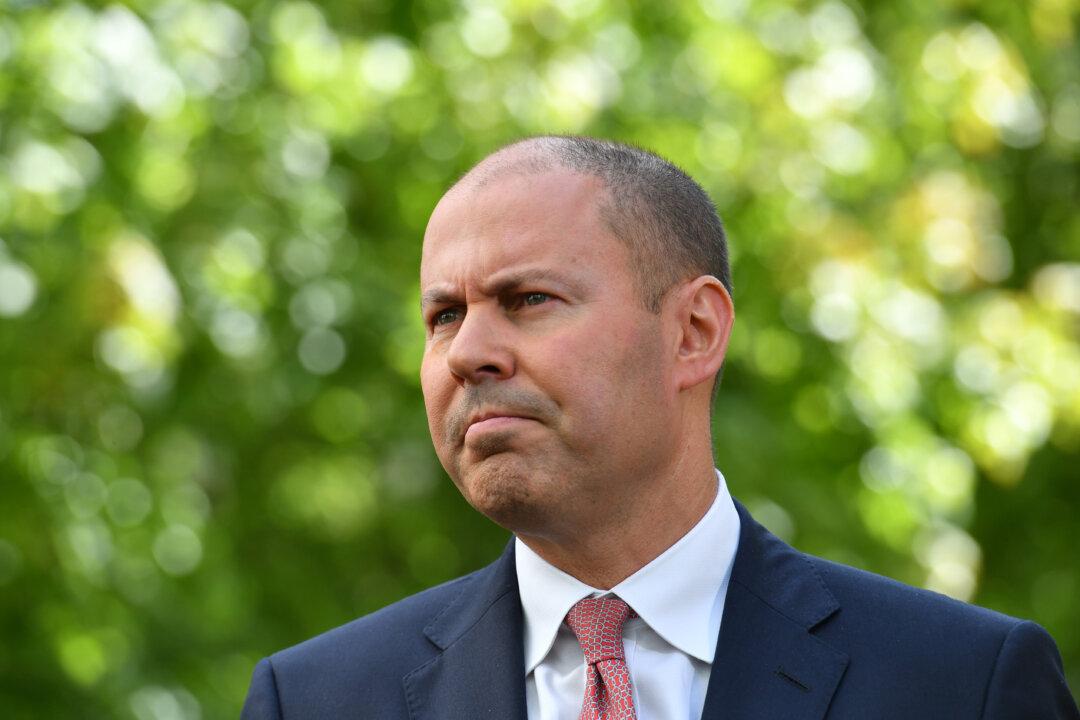Jon Falkenmire spent his final years trying to clear African boxthorn from his Manilla property near Tamworth in New South Wales (NSW).
The 77-year-old would spend a day or more a month cutting the dense thorny weed from the outside in, before climbing underneath to remove the aggressive invader from the ground.





